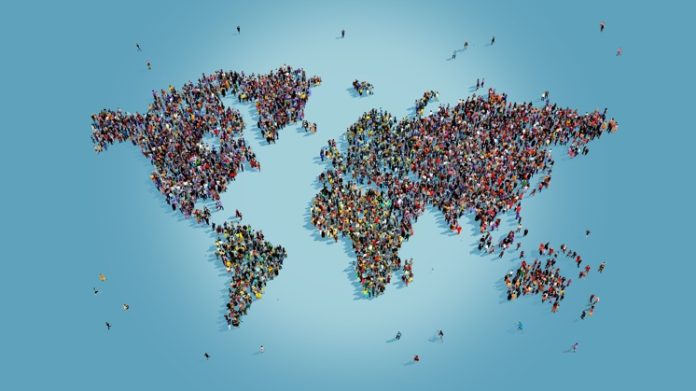- The population around the world is poised to scale up monumentally having breached the 8 billion mark recently. The burgeoning human numbers are bound to place tremendous pressure on the most basic of resources which are already facing scarcity of sorts. Most importantly, the adverse effects of greenhouse gases have rendered the environment so fragile that erratic weather patterns leading to floods, droughts, heatwaves, unseasonal rains, and some such vagaries have become common. Governments around the world are grappling with the situation to ensure humanity doesn’t face any more challenges in leading a not-so-peaceful life.

PC: El CEO
- As you are aware, India is the second most populous country in the world after China and is all set to leave behind our neighbour next year. Yes, the Indian nation is proud of the demographic dividend being touted around. However, the citizens are quite aware of how the population explosion has had a huge say in the way of our sustained development goals over the decades. As reported, the world’s population has more than doubled over the last six decades, a phase when curbing population expansion was a priority in most developing countries, including India. Interestingly, the scale of the global population should not obscure the fact that we are in the midst of an unprecedented demographic downturn.
- The reason is a collapse in fertility rates and the consequent population greying which will be the dominant demographic trend this century. Within this overarching trend, regional patterns will vary sharply. Indeed, India too has seen a marked drop in total fertility rate, with the Union Government’s sample registration survey, 2020, putting it at 2. In other words, the fertility rate has dropped below the replacement level and the growth in numbers is only on account of earlier momentum. Therefore, the key challenge now is harnessing the demographic dividend. It refers to an economic growth spurt because of a change in the age structure of the population following a decline in both mortality and fertility.

PC: Sidharth Singh
- The spurt comes from the relatively large share of the working-age population i.e. 15-64 in the total population. Globally, the share of the working-age population peaked at 66% in 2012. India too is in the middle of its demographic transition, with SRS 2020 estimating the working-age population at 70%. It represents a one-time window of opportunity before declining fertility rates push up India’s median age from the present level of 29. Research indicates that the economic benefit from the demographic transition has been lower than its Asian peers. Worryingly, it will taper further and irreversibly if the right policies are not embraced now.
- And what about the working age of the labour force? India fares poorly here with 46% in 2021 as against the global average of 59%. Becomes more abysmal when it comes to women with a mere 19% as compared to the global average of 46%. It’s not rocket science to comprehend that unless more women are in the job market and overall human capital quality improves, India will not be able to encash its boastful demographic dividend. Remember, it’s not the absolute number of people that’s a challenge. It’s skilling them from mass prosperity that matters. Hope the policymakers act on a war footing to address this potential danger sooner than later.






